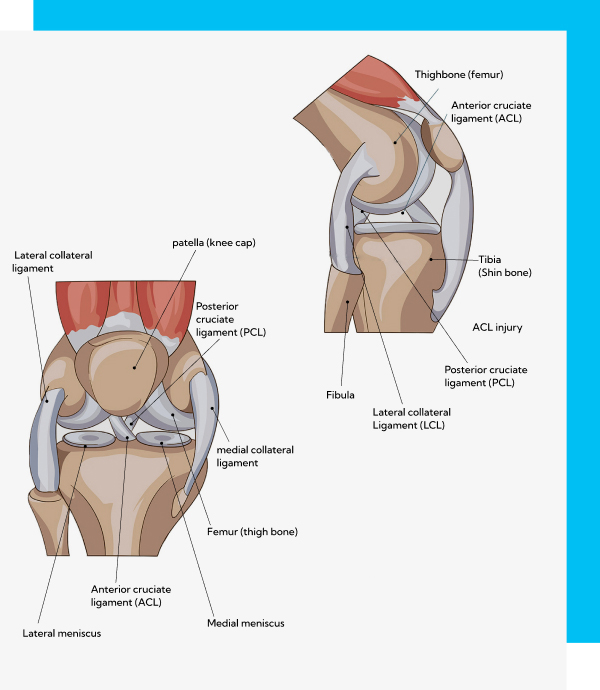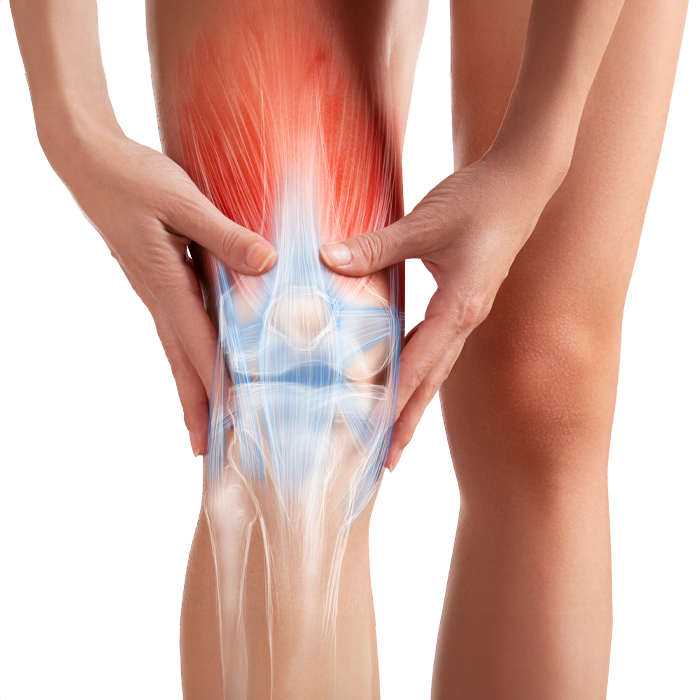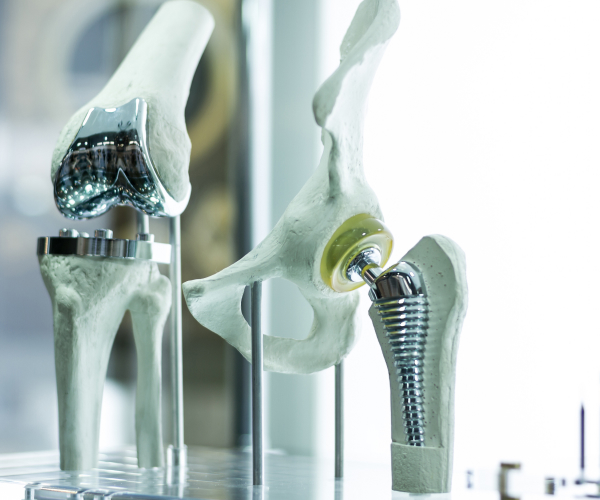NO. Not all ligament surgeries require surgery.
We at Sri Balaji Hospital follow a grading system to assess and decide the need for surgery or otherwise.
Following the outlined protocol given above, grade II tears are considered as relative indications. Factors such as pre-injury lifestyle and the patient's specific demands are taken into account before determining the suitability of surgery. Conversely, for grades III and IV tears, arthroscopic surgical intervention proves to be highly beneficial in a majority of cases.
We will talk to you and decide on the benefits of the surgery for you and your Pre-injury lifestyle. Our sole objective is to restore your pre-injury lifestyle, ensuring a pain-free and injury-free experience. If the only way to achieve that is surgery, then the same will be communicated to you. However, in contrast, if there is a good enough possibility of attaining those goals non-operatively, that would be our surgeon’s first choice.
Whether to go for surgeries (arthroscopy) or not depends on a multitude of factors, the most important of them being:
Age
Factors such as advanced age, arthritis, prolonged bed rest, or a history of limited activity even prior to the injury may necessitate exploring non-surgical alternatives instead of opting for surgery. Similarly, young (20 to 45 years age group) individuals who lead an active lifestyle with regular and intense physical activity and wish to pursue the same even after the injury will benefit from arthroscopic reconstruction of the PCL.
Symptoms
Partial or mild tears do not require surgery. Even full-thickness tears can be treated conservatively until/unless the patient is symptomatic or experiences instability of the affected knee.
Physical activity associated with the knee
Arthroscopic PCL reconstruction surgeries offer significant benefits to active individuals, regular runners, workout enthusiasts, and athletes.



